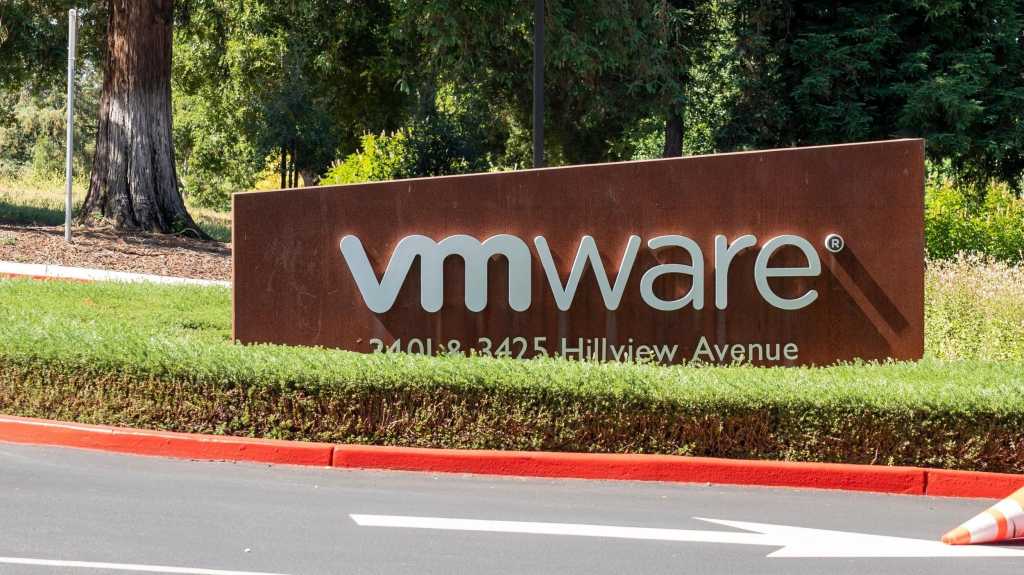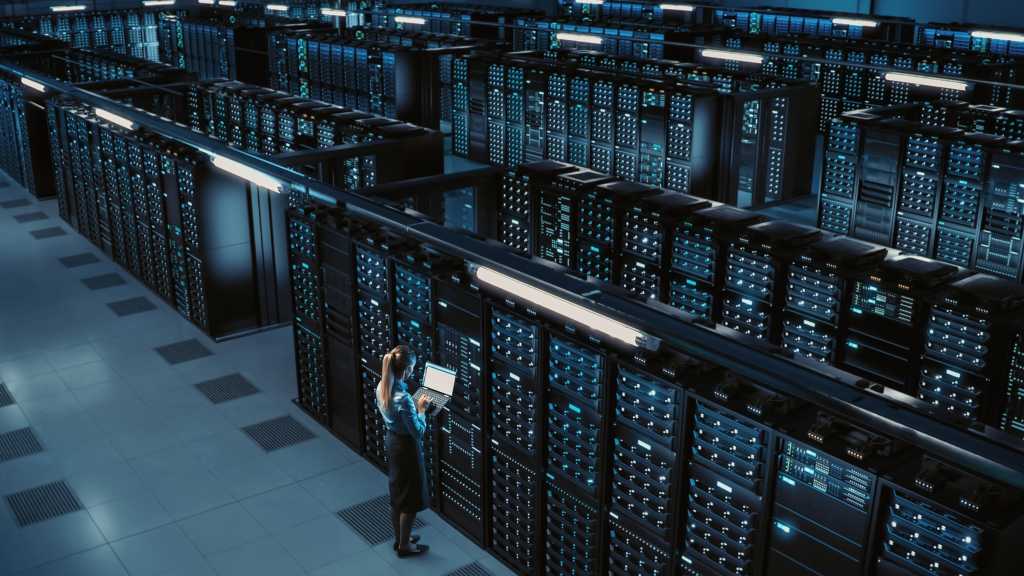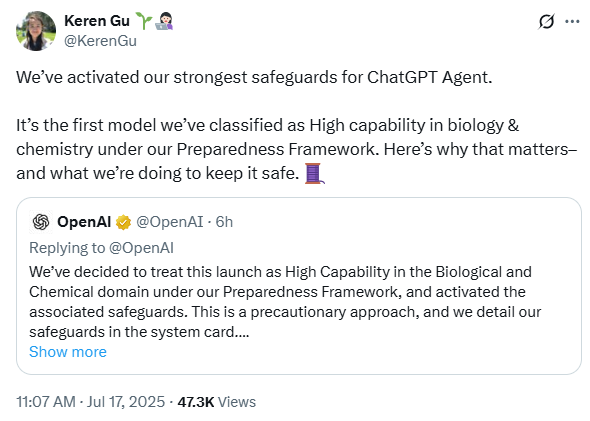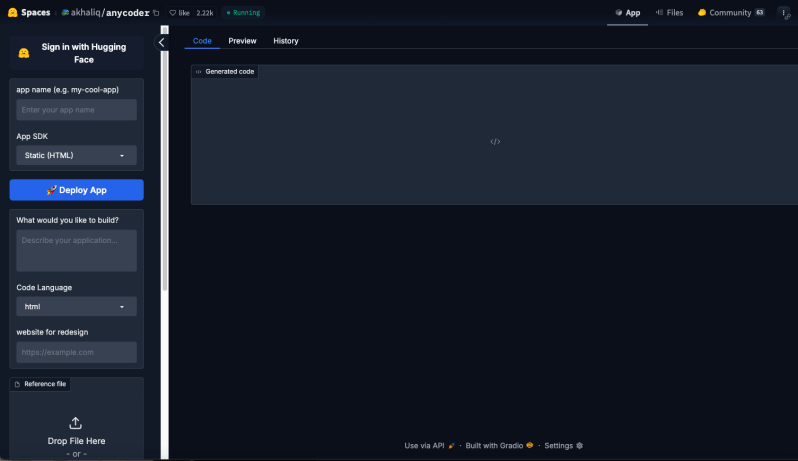Join our daily and weekly newsletters for the latest updates and exclusive content on industry-leading AI coverage. Learn More
Just seven or eight months ago, when a customer called in to or emailed Baca Systems with a service question, a human agent handling the query would begin searching for similar cases in the system and analyzing technical documents.
This process would take roughly five to seven minutes; then the agent could offer the “first meaningful response” and finally begin troubleshooting.
But now, with AI agents powered by Salesforce, that time has been shortened to as few as five to 10 seconds.
“That’s a big [reduction],” Andrew Russo, enterprise architect at Baca Systems, told VentureBeat. He emphasized that, “for us, it’s not about how do we eliminate headcount, reduce staffing. Our goal is, how do we make sure the customer is back up and running as quickly as possible?”
Closing time gaps, delivering faster time to resolution
BACA Systems, a Michigan-based robotics manufacturing company, first implemented Salesforce in 2014, eventually adding Service Cloud to replace its “vanilla, or maybe more like strawberry ice cream, basic service cloud,” Russo explained. The company then did a “giant digital transformation” in 2021, bringing on Salesforce’s enterprise resource planning (ERP) platform.
Team members soon began working with predictive AI for sales and manufacturing forecasts; then the company evolved to AI agents, implementing Salesforce’s Agentforce within the last year.
An initial key use case was service calls. Russo explained that about 57% of questions coming in from customers are hardware-related (for instance, a machine falling or requiring calibration).
Now, instead of having to sift through databases for previous customer calls and similar cases, human reps can ask the AI agent to find the relevant information. The AI runs in the background and allows humans to respond right away, Russo noted.
AI can also support preventative maintenance. For instance, a circuit breaker might be continually tripping, indicating that there’s a short in the wire that should be investigated, Russo explained. This could help eliminate ongoing issues that haven’t been resolved in the past.
“It’s all about how do we deliver faster time to resolution for customers,” said Russo.
AI agents generating sales leads, handling customer inquiries
Another critical use case is sales, because as a small company, Baca naturally doesn’t have hundreds of sales people or even dozens (in fact they have less than 10).
“We have a boatload of leads that we haven’t had time to actually make a reachout to,” said Russo. “Our goal is: How do we start to engage those?”
AI can serve as a sales development representative (SDR) to send out general inquires and emails, have a back-and-forth dialogue, then pass the prospect to a member of the sales team, Russo explained. Bringing on additional salespeople to handle such tasks would require tens of thousands of dollars for salaries, but if AI can develop new deals, its upfront cost is “very easy to justify.”
In coming months, the company plans to deploy customer-facing service agents that can interact with human users via text message to open and handle cases without initial need for human intervention. If the AI agent isn’t able to solve a problem, it will escalate the issue to a human rep.
The intent is, “How do we keep delivering more value to customers on the service side and create more deals on the sales side?” Russo noted.
Outside sales and service, Baca is using AI to generate emails, create receivables and craft “very stern collections letters” when required. Russo, for his part, is using the technology for part deduplication checking, leveraging retrieval-augmented generation (RAG) with prompt builders to detect duplicates to prevent bad data from porting into Salesforce.
There’s been little to no pushback from employees, he reports: The company started small, initially giving a select group of users access. Others then quickly began inquiring. “They actually started to beg [us] to give them access,” Russo noted. “No one’s scared of it; they like using it because it helps make their job better.”
The company is keeping that deliberate, incremental approach as it further incorporates AI so it can remain agile. “Our goals are not changing, it’s just how we get there and the road we’re taking,” said Russo. “It’s a different road, it’s a better road — it’s the highway.”
AI serving up savings for ezCater
Corporate catering is more complicated than it might sound. There can be shifts in headcounts, food preferences and dietary restrictions as well as other logistical challenges. This sometimes has organizers at ezCater scrambling.
“Concierge agents have really struggled to keep up with the pace,” Erin DeCesare, CTO of the workplace catering platform, told VentureBeat.
But once the company implements Salesforce’s Agentforce, a customer needing to modify an order will be able to communicate their needs with AI in natural language, and the AI agent will automatically make adjustments. When more complex issues come up — such as a reconfiguration of an order or an all-out venue change — the AI agent will quickly push the matter up to a human rep.
“This is a huge cost savings for us,” said DeCesare,
Another intended use case is “restaurant discovery” — that is, AI agents will be able to guide users to the best venue based on inputs about their food preferences, budget, location and other factors. This will be supported by data from millions of workplace food orders. “This is what NLP and AI is perfect for,” said DeCesare.
ezCater is initially incorporating AI agents in-house to assist concierge agents, and the human agents love it, she reports. “We’re giving them tools to be better, and be able to handle more calls.”
There’s been a shift in the comfort level of engineers, too, as they are able to conceive of agents more structurally. “They can test and trust in a way that feels like software development,” said DeCesare. “It’s more like what they would expect in the software development lifecycle.”
Business partners are also excited about the possibilities for tasks such as business analysis or process maps. “The technology has become so accessible in the last six months,” said DeCesare. “You can easily see how this is going to rapidly become the norm. We’re going to be in a very different world 12 months from now.”
Daily insights on business use cases with VB Daily
If you want to impress your boss, VB Daily has you covered. We give you the inside scoop on what companies are doing with generative AI, from regulatory shifts to practical deployments, so you can share insights for maximum ROI.
Read our Privacy Policy
Thanks for subscribing. Check out more VB newsletters here.
An error occured.




















